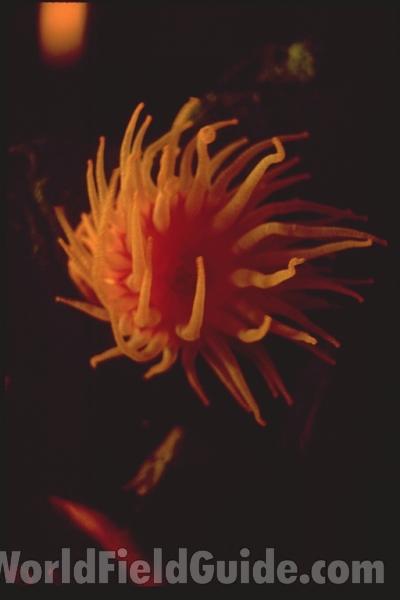SPECIES INFO
Stinging nettle genus (Urtica) is found widely in the Northern Hemisphere. There are perhaps 100 different species. This is a group of plants that have stinging hairs. (One should be careful not to touch these plants.) These are either annual or perennial herbs with toothed leaves. The flowers are in panicles, cymes, or racemes that grow from the leaf axils.
The taxonomy of this group is complicated, and the taxonomy is certainly not settled. In Europe and the Northern Hemisphere one finds Urtica dioica and Urtica urens. In southern Europe one finds Urtica pilulifera.
In the 1913 Britton and Brown Flora of Eastern North America, the following species were listed: Urtica dioica is naturalized from Europe. Urtica gracilis is found from Newfoundland to British Columbia and south to Louisiana and Colorado. Urtica urens is naturalized from Europe. Urtica chamaedryoides is found from Kentucky to Arkansas and south to Georgia and Texas.
In a Flora of the Pacific Northwest, Hitchcock and Cronquist) as published in 1973, and published with corrections in 1976 we find Urtica urens and Urtica dioica. However, Urtica dioica has two subspecies: ssp dioica and ssp gracilis. They show gracilis varieties: holosericea, procera, angustifolia, californica, lyallii and gracillis.
In Kartesz, we find the following species: ballotifolia, chaemaedryoides, dioica, gracilenta, and urens. (Kartesz makes gracilis a subspecies of dioica, and adds another subspecies, holosericea, also to dioica. Urtica gracilenta appears in an Arizona Flora. Kartesz moves procera and lyalii into subspecies of Urtica dioica ssp gracilis.)
In Turner and Gustafson, Wildflowers of the Pacific Northwest, as published in 2006, they mention ssp gracilis and ssp holosericea under Urtica dioica.
Sea Anemones (Order Actinaria) are a group of marine animals typically found in shallow water. The mouths of these creatures are surrounded by flexible cylindrical bodies and tentacles which cause them to look like colorful flowers. Generally, sea anemones have a radial body symmetry related to the number six. They typically live as individuals attached to rocks or other corals. The individual tentacles are usually armed with stinging cells. Some sea anemones have symbiotic relationships with specific species of fish that use their tentacles for protection against predators.
Although most species are typically several inches across, some can be quite large, up to fourteen inches in diameter. A gigantic Malaysian species measures more than three feet across.
Corals and Anemones (Class Anthozoa) are marine species having about 6,000 members. They are frequently called flower animals. Scientists often call certain groups in this class by different names. The following list serves as an introduction:
Order Alcyonaria - Corals
Order Zoantharia - Hexacorals
Order Actinaria - Sea Anemones
Order Madreporaria - Stony Corals
Order Antipatharia - Black Corals
Order Ceriantharia - Burying Sea Anemones
Corals and Hydra Phylum (Phylum Coelenterata = Cynidaria) are a group of primitive aquatic animals. This phylum contains about 10,000 species. Following are the three main classes:
Class Hydrozoa: - Polyps and Medusae
Class Scyphozoa: - Jellyfish
Class Anthozoa: - Sea Anemones/Corals
This group of animals are unusual as there are two forms for most species. The "medusa" form is free swimming, and the "polyp" form which is usually attached to a substrate.
Animal Kingdom contains numerous organisms that feed on other animals or plants. Included in the animal kingdom are the lower marine invertebrates such as sponges and corals, the jointed legged animals such as insects and spiders, and the backboned animals such as fish, amphibians, reptiles, birds, and mammals.

